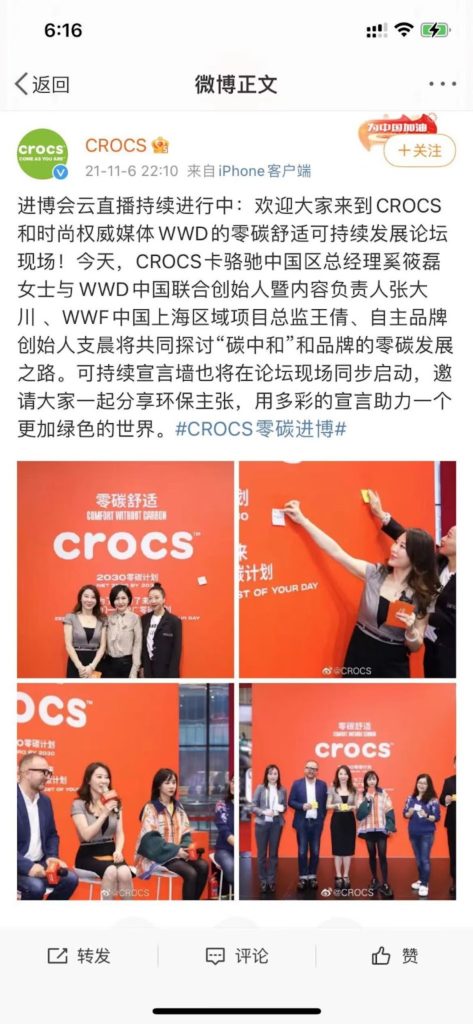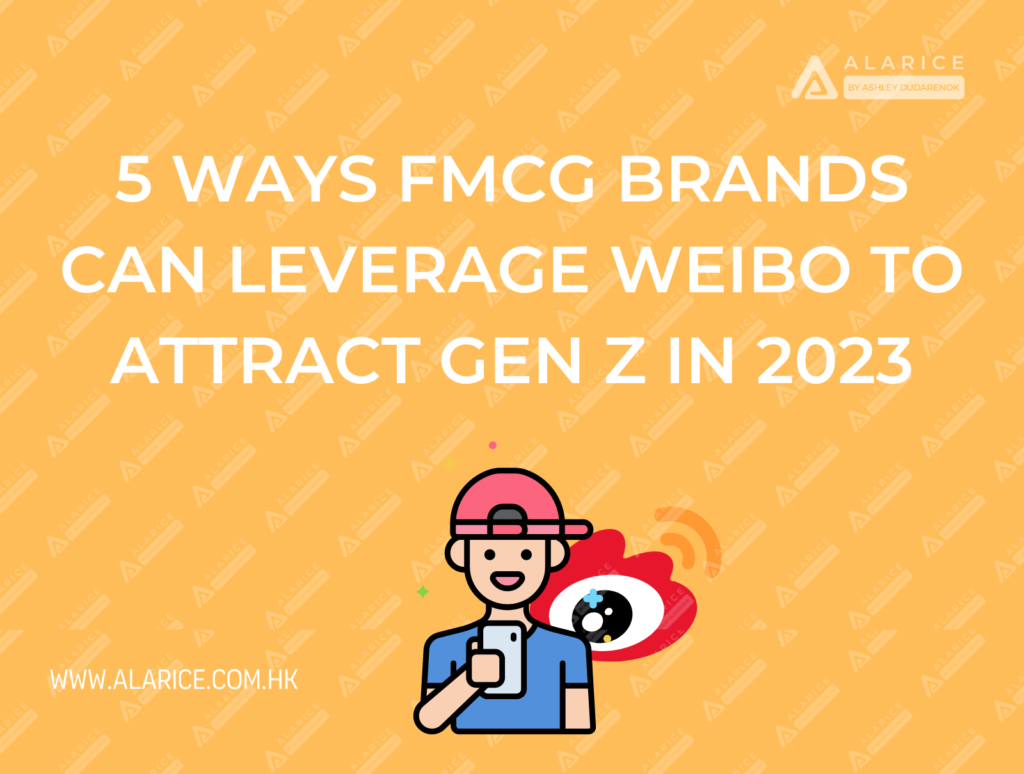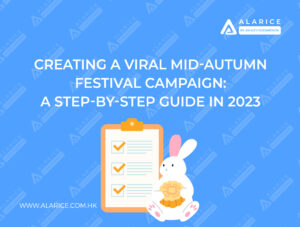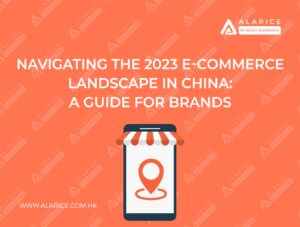Gen Z continues to be the main consumer group on Weibo in 2023! Initially known as China’s version of Twitter, Weibo is now one of the biggest and most popular social media platforms in China. Boasting rich multimedia information and resource sharing, as well as online communication and idea-exchanging capabilities, Weibo is a super social media tool that serves as a gathering place for celebrity fans. In fact, many brands choose to publish endorsement materials on Weibo to tap into its vast pool of celebrity fans and convert them into customers.
As of March 2023, Weibo has reached over 550 million monthly active users and 241 million daily active users. The platform is especially popular among the younger generation, with post-90s and post-00s users making up nearly 80% of its user base.
This rapidly growing demographic presents a significant opportunity for brands looking to connect with Gen Z in China. As such, it is becoming increasingly important for brands to establish a presence on Weibo and other social media platforms that are favored by younger audiences.
Read on to find out more about how FMCG brands can use Weibo in 2023.
Enhance Gen Z Engagement on Social Media
If you’re aiming to build a strong presence on Weibo and cultivate Gen Z customers that engage with your brand, you’ll need to implement effective strategies to achieve this goal. In this article, we present 5 proven methodologies for attracting and converting Gen Z users on Weibo to loyal and engaged customers.
By leveraging these strategies, you can tap into the immense potential of Weibo’s Gen Z user base and grow your business significantly. Keep reading to discover these 5 techniques for attracting and converting Gen Z users on Weibo.
Use creative and visually appealing content –
GenZ is a visually-driven and highly creative generation, so using eye-catching and entertaining content such as memes, GIFs, and short videos can effectively capture their attention and make them engage with your brand or product.
Nike has successfully used visually attractive content to engage with their audience on Weibo. They have a range of visually appealing posts that showcase their products and emphasize the brand message of “just do it”. For example, they have used visually stunning images and videos featuring athletes to promote their products and inspire users to pursue their own goals. They also regularly use hashtags and interactive quizzes to encourage user engagement and increase the reach of their content. Nike’s Weibo profile is a great example of how brands can use creative and visually appealing content to generate user engagement and increase brand awareness on social media.
Mentions of the campaign slogan “Just Do It” exploded by more than 3,460% accumulating more than 400,000 online mentions on social media. Nike’s marketing success with the “Just Do It” campaign has been attributed to its ability to connect with consumers on a personal and emotional level, emphasizing the brand’s values of determination, perseverance, and self-belief.

Source: Nike’s Official Weibo Account
FMCG brands can learn from Nike’s successful use of visually appealing content, such as memes, GIFs, and short videos, on social media platforms. Creating shareable viral marketing campaigns and collaborating with influencers can also increase brand awareness and engagement. Leveraging personalization, segmentation, and data-driven insights can help FMCG brands customize their content to resonate with their specific audience and ultimately drive sales.
Engage with them by creating interactive posts
GenZ values authenticity and two-way communication, so creating interactive posts such as polls, quizzes, or challenges that they can participate in can help you build a stronger relationship with them and make them feel like they are part of your brand community.
As a well-known beverage brand, Starbucks engages with its consumers through Weibo by regularly hosting various interactive events such as promotions, gift exchanges, and sweepstakes. In addition, they share content related to coffee culture, cup selection, beverage flavor combinations, and other related topics to establish common ground with their consumers and enhance the interaction between the brand and its customers.
FMCG brands could emulate Starbucks’ success in generating interactive social media posts to engage with the GenZ demographic. By leveraging visually-appealing content such as polls, quizzes, or challenges to communicate their message and showcase their products, brands can drive engagement and build loyalty. Personalizing content and incorporating targeted data insights into digital marketing strategies can assist FMCG brands in resonating better with their desired customers. Ultimately, by adapting Starbucks’ method, FMCG brands can attract and keep GenZ customers, leading to increased sales and profitability.
Share user-generated content
GenZ is highly influenced by their peers and social communities, so sharing user-generated content from your followers or customers can help you build credibility and trust with them and show that you value their contributions and opinions.
Fashion retailer brand H&M regularly encourage their customers to share their outfit photos on social media using the hashtag #HMxME and then feature some of the best pictures on their website and social media channels. This strategy not only showcases their clothing in a more authentic way but also creates a sense of community among their Gen Z audience, who value authenticity and inclusivity. By featuring UGC, H&M is able to build a stronger connection with Gen Z customers and foster a more loyal following on platforms such as Weibo.
As of today, the #HMxME# hashtag has gained 567K impressions and 375 discussion threads, with 62 users creating original content using this hashtag, including well-known celebrities such as Carina Lau. The high engagement reflects the success of the activity in building brand awareness and deepening its impact on the audience.
FMCG brands can take inspiration from H&M’s successful use of exclusive topics to generate interest and engagement with their target audience. By creating unique and visually-appealing content around specific themes, brands can attract and retain customers. Additionally, FMCG brands can leverage the use of celebrity endorsements or partnerships with well-known influencers to further amplify their message and reach a wider audience.
Incorporating targeted digital marketing strategies and utilizing social media platforms can also help to increase brand awareness and sales. Overall, by following H&M’s approach of utilizing exclusive topics and other effective marketing techniques, FMCG brands can create a strong brand image, drive engagement, and increase their profitability.
Collaborate with GenZ influencers or KOLs
GenZ is known for following and trusting influencers who have a large following and are seen as authentic and relatable. Collaborating with GenZ influencers or KOLs who can help promote your brand or product to their fans can be a highly effective way to reach a wider audience and increase your brand awareness.
Adidas has partnered with a range of popular influencers on Weibo to promote its products. These collaborations often involve sponsored posts or partnerships that showcase Adidas products in a fun and engaging way that resonates with younger audiences. Additionally, Adidas has used KOLs to launch limited-edition products and create buzz among Gen Z consumers. By collaborating with influencers and KOLs, Adidas is able to reach a wider audience and connect with younger consumers in more meaningful ways on platforms such as Weibo.
FMCG brands can follow the successful approach of Adidas in collaborating with Gen Z influencers or KOLs to drive engagement and reach a younger target audience. By partnering with influencers who align with their brand values, FMCG brands can build brand loyalty and improve their visibility among younger demographics. Leveraging social media platforms can amplify the reach of such collaborations and drive sales growth. Overall, by emulating Adidas’ approach to influencer collaboration, FMCG brands can establish a more authentic connection with their target consumers and ultimately increase their market share.
Keep up with the latest trends, topics, and social issues
GenZ is highly socially and politically aware and values brands that are socially responsible and have a positive impact on society. Keeping up with the latest trends and issues that GenZ cares about and joining the conversation in a meaningful and respectful way can help you build brand credibility and authenticity with this generation.
An example that keeps up with the latest trends, topics, and social issues on Weibo to attract Gen Z is Crocs. Crocs has been engaging with Gen Z on Weibo by promoting their latest products and collaborating with Gen Z influencers and celebrities in the fields of sports, music, and lifestyle. They have also been active in supporting social causes related to equality, sustainability, and community building. By creating relevant and interesting content that resonates with Gen Z’s values and interests, Crocs has been able to establish a loyal following on Weibo and maintain a strong presence in the Chinese market.
Crocs launched a low-carbon initiative and used the hashtag #ZeroCarbonComfort# on Weibo, generating over 6024K views and 23K discussions. This campaign has greatly improved the brand’s image and increased its visibility, ultimately appealing to Gen Z consumers.

FMCG brands can consider Crocs as a role model in following hot topics and take inspiration from their steps to launch proposals for social construction and promote them through social media. This initiative can lead to a positive corporate image, increased favorability with the GenZ community, and ultimately, increase market share. Companies that aim for social responsibility can learn from Crocs’ approach and promote a sustainable business image, appealing to a wider audience. Following Crocs’ example can result in effectively marketing the brand and differentiating it from the competition.
To appeal to the Gen Z audience on social media, brands should focus on creating creative and visually appealing content that stands out from the competition. Interactive posts encourage engagement with the audience while sharing user-generated content builds a sense of community around the brand. Brands should consider collaborating with Gen Z influencers or KOLs to reach a wider audience and stay relevant to the latest trends, topics, and social issues. Keeping up with these issues through social media can help brands effectively market themselves as socially responsible businesses and appeal to Gen Z consumers. Utilizing these strategies can lead to increased engagement, reach, and ultimately, improve the brand’s visibility among the younger demographic.
With creativity becoming increasingly important in media operations and more ways to operate social media emerging, it is essential for brands to stay up-to-date with the latest marketing trends.
Alarice is dedicated to remaining at the forefront of these trends and providing innovative ways of attracting Gen Z. By partnering with Alarice, your company can gain access to integrated marketing solutions that enable you to quickly enter the Chinese market and achieve your profitability goals. Contact us to learn more and take the first step toward success.
Source:
https://zhidao.baidu.com/question/721686877287143925.html
https://www.sohu.com/a/587268735_121392998






